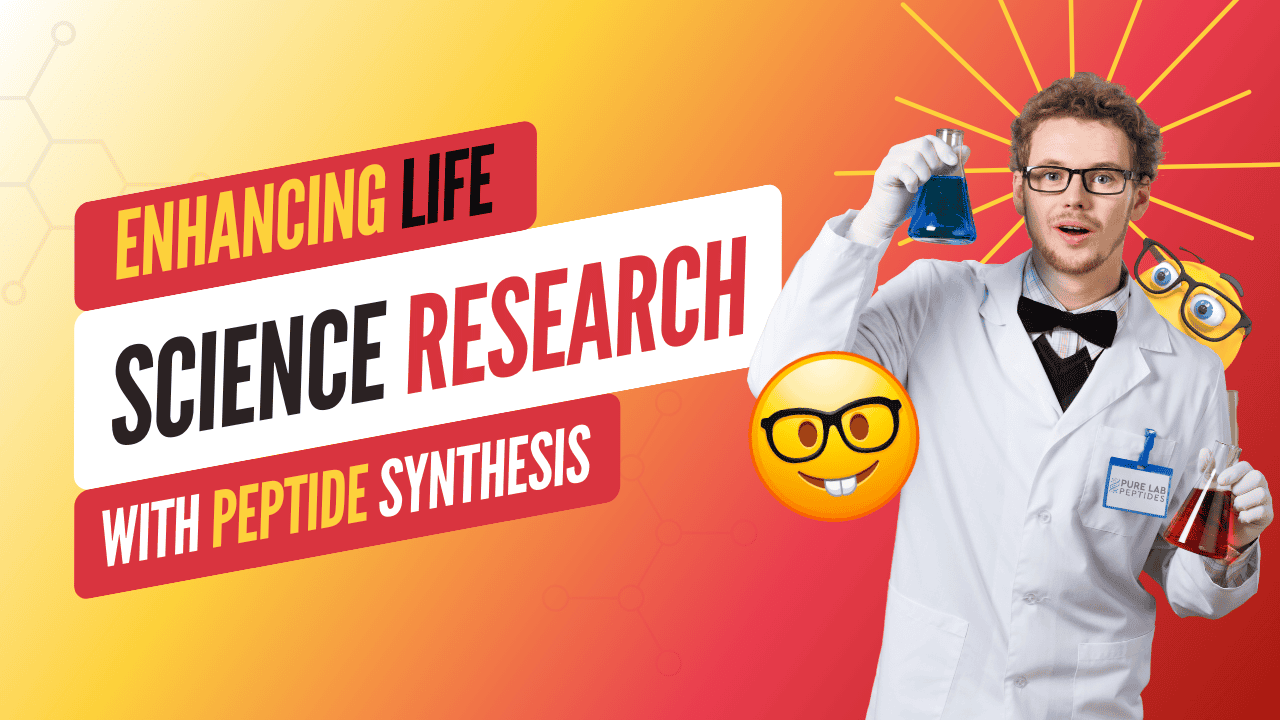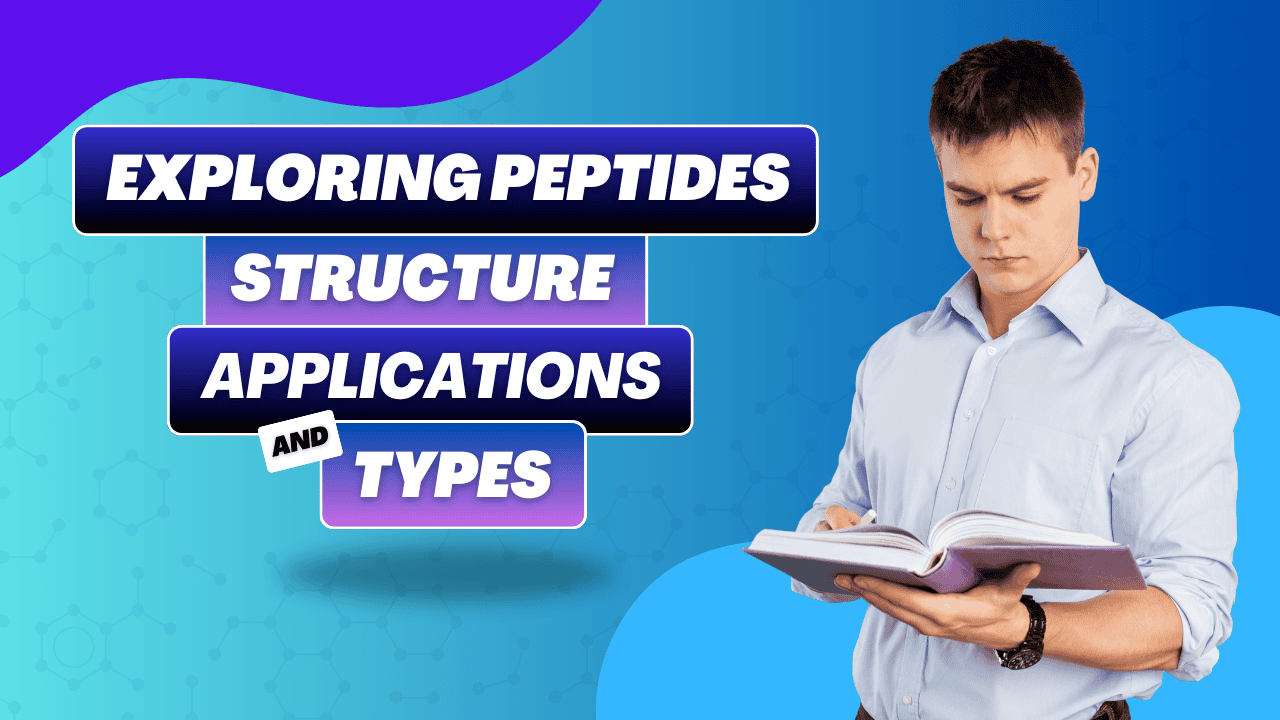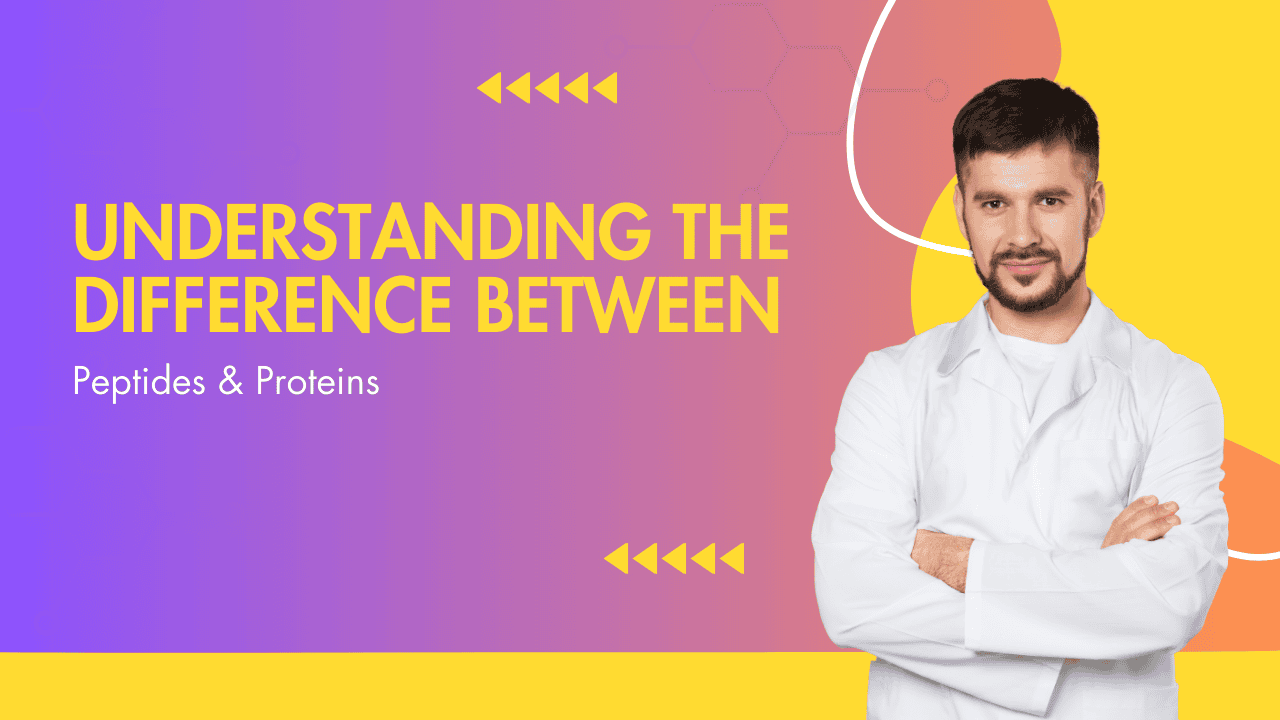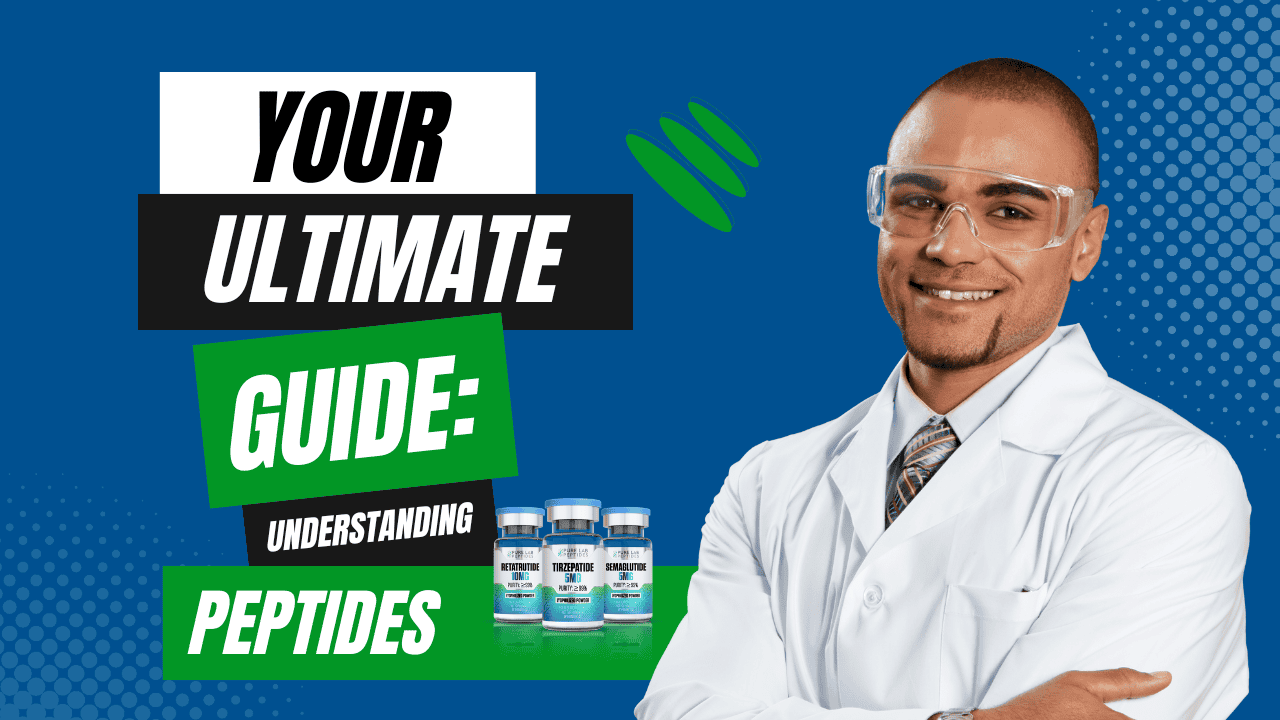

Peptide purification remains a cornerstone in molecular biology and drug discovery.
Through techniques like HPLC and gradient elution, we can achieve high purity levels essential for research and commercial use.
This article delves into advanced peptide purification methods, offering insights and practical tips to tackle common challenges.
Ever wondered how those intricate strings of amino acids, called peptides, get cleaned up? Peptide purification is the intricate process of removing impurities from crude peptides to yield a pure peptide product, essential for downstream applications.
Why is peptide purification such a headache sometimes? Well, due to the similarity of impurities to the target peptide, achieving high purity can be as painstaking as finding a needle in a haystack.
Without purified peptides, the reliability of research, particularly in drug discovery and molecular biology, would take a nosedive. Pure peptides ensure repeatable results, essential for scientific breakthroughs.
Chromatography acts as the backbone of peptide purification, enabling separation based on differences in size, charge, or hydrophobicity among molecules, ensuring target peptides are isolated with high precision.
High-performance liquid chromatography (HPLC) is a powerful analytical technique used to separate, identify, and quantify each component in a mixture, playing a pivotal role in peptide purification.
HPLC provides high-resolution separation, which is crucial for analyzing complex peptide mixtures, ensuring that the peptides we synthesize can be purified to high standards of purity.
An HPLC system comprises the sample injector, pump, stationary phase, mobile phase, detector, and data processor, all working in concert to achieve precise peptide separation.
Setting up an HPLC system involves selecting the appropriate column and stationary phase, optimizing the mobile phase, and fine-tuning the flow rate and injection volume to ensure the highest resolution and efficiency in peptide purification.
Preparative HPLC is tailored for purifying larger quantities of peptides compared to analytical HPLC, making it invaluable for preparative purification in research and industrial applications.
Unlike analytical HPLC, which focuses on analyzing a small sample load, preparative HPLC is designed for scale-up, requiring larger columns and higher flow rates to handle larger sample volumes.
Preparative HPLC allows for the efficient purification of complex peptide mixtures, yielding high quantities of pure peptides, crucial for applications in synthetic peptide production and drug development.
To optimize preparative HPLC, adjusting the gradient elution profile and selecting the appropriate stationary phase is key to achieving efficient purification of complex peptide mixtures.
Selecting the optimal purification process depends on the peptide’s properties, such as its hydrophobicity, charge, and size. Tailoring the process to these attributes ensures efficient peptide purification.
Peptide purifications aren’t always smooth sailing. Sometimes, you might encounter issues like poor resolution, low yield, or co-elution of impurities. But fear not, with the right tweaks, these can be mitigated!
To troubleshoot, consider adjusting the column type, mobile phase composition, or gradient profile. Small tweaks can make a significant difference in achieving higher purity and yield.
Resin serves as the stationary phase in chromatography. The choice of resin—whether reversed-phase, ion-exchange, or size-exclusion—can drastically impact the efficiency of peptide purification.
Choosing the right resin involves considering the peptide’s characteristics and the intended separation technique, ensuring optimal purification results.
Gradient elution involves gradually changing the composition of the mobile phase during a chromatography run, enhancing the separation of peptides with similar properties.
By using gradient elution, peptides are eluted at different times based on their interactions with the stationary phase, improving separation and resolution.
Common solvents include acetonitrile, methanol, and water, often mixed with acid modifiers like trifluoroacetic acid to enhance peptide solubility and interaction with the stationary phase.
Choosing the right solvent involves considering the peptide’s properties and the chosen resin, ensuring optimal interaction and peak resolution.
In gradient elution, solvents play a critical role in altering the polarity of the mobile phase, facilitating effective peptide separation through differential elution.
Mix solvents accurately and consistently to maintain gradient reproducibility. Consider solvent compatibility with the peptides and HPLC system to avoid any degradation or contamination.
Purifying complex mixtures can be as tricky as beating a game of chess against a grandmaster. The overlapping peaks and similar physicochemical properties make it challenging to achieve high purity.
Employ advanced techniques like gradient elution and multi-dimensional chromatography to enhance separation efficiency and yield high-purity peptides.
Imagine working on an antimicrobial peptide project. Using gradient elution and fine-tuning the flow rate and solvent mixture could drastically improve the purification of such a complex peptide mix, ensuring effective isolation and purification.
Liquid chromatography (LC) is a broader term encompassing various techniques, while HPLC is a high-resolution version of LC, providing more precise and efficient peptide separation.
Liquid chromatography offers flexibility and various modes like ion-exchange and size-exclusion, catering to diverse peptide purification needs.
Ensure proper column selection, solvent mixture, and gradient profile. Regular maintenance and calibration of the chromatography system are crucial for reliable results.
Proteins and peptides, though related, have distinct purification needs. Peptides are smaller and often require different separation techniques and resin types compared to proteins.
Both protein and peptide purification can utilize chromatography techniques like ion-exchange and size-exclusion, leveraging their ability to separate based on charge and size differences.
Adapt protein purification techniques by scaling down column size, optimizing gradient elution, and selecting resins compatible with smaller peptide molecules for efficient peptide purification.
Innovative methods like multi-dimensional chromatography and high-resolution mass spectrometry can enhance peptide separation and analysis, providing high purity and accuracy.
Incorporate advanced techniques by gradually implementing them into existing workflows, ensuring compatibility and optimizing parameters for improved peptide purification.
Pitfalls like co-elution of impurities, low yield, and column degradation can disrupt the purification process, leading to suboptimal peptide purity and yield.
To avoid contamination, maintain a clean work environment, use high-purity reagents, and regularly clean and calibrate your HPLC system.
Optimize the sample load, gradient profile, and solvent mixture. Regular monitoring and fine-tuning of the purification process ensure higher yield and purity of the target peptide.
Regular maintenance includes cleaning the column, replacing worn-out parts, and calibrating the system to ensure consistent performance and accurate results.
Calibrate the HPLC system periodically, especially before critical purification runs or after major system changes to ensure precision and reproducibility.
Errors like baseline noise, peak tailing, and pressure issues can arise. Address these by checking for leaks, ensuring proper solvent degassing, and regularly servicing the system components.
Emerging technologies like ultra-high-performance liquid chromatography (UHPLC) and automated peptide synthesis and purification systems are set to revolutionize the field, offering faster, more efficient peptide purification.
The future of gradient elution holds potential for more precise, automated, and reproducible methods, enhancing peptide separation and achieving even higher purity levels.
Future trends will pave the way for more integrated, automated, and scalable peptide purification solutions, significantly improving the efficiency and reliability of peptide production.
From antimicrobial peptides to therapeutic peptides, successful case studies highlight the application of optimized gradient elution and advanced chromatographic techniques in achieving high-purity peptides.
Challenging purifications teach valuable lessons in troubleshooting, parameter optimization, and the importance of tailored purification protocols for different peptides.
Leverage case study insights by adapting successful strategies, experimenting with different gradient profiles, and fine-tuning parameters to enhance your peptide purification process.
Enhance efficiency by optimizing the gradient elution profile, selecting appropriate resins, and maintaining proper system calibration and cleanliness.
Choose purification solutions based on peptide properties and intended use, ensuring compatibility with your chromatography system and achieving the desired purity levels.
The three primary methods of protein purification are:
Common solvents for purifying peptides include:
The most frequently used technique for protein purification is chromatography. This method leverages various modes like ion-exchange, affinity, and size-exclusion chromatography to achieve high-purity proteins.
Peptides can be prepared by:
The best solvent for peptides often depends on the specific peptide and its intended application but commonly includes:
Peptides are purified using:
Peptides are typically dissolved in:
Common solvents used in peptide synthesis include:
The most frequently used method for protein purification is affinity chromatography. This technique exploits specific interactions between proteins and ligands attached to a resin, offering a highly selective purification step.
The filtration method often used for protein purification is ultrafiltration. This technique utilizes semi-permeable membranes to separate proteins based on their size, enabling concentration and buffer exchange for further purification steps.
Dr. Richard DiMarchi is a world-renowned expert in peptide therapeutics, with a distinguished career spanning over 30 years in protein and peptide drug discovery. As a Professor of Chemistry at Indiana University, Dr. DiMarchi has significantly contributed to the field, particularly in the development of peptide-based pharmaceuticals for metabolic diseases and cancer.
Dr. DiMarchi’s work is highly influential, with notable contributions such as:
Dr. DiMarchi’s research not only showcases his exceptional expertise but also underscores his authoritative influence in the industry. His work has earned him numerous accolades, including the Meienhofer Award and the prestigious Sabry Award from the American Peptide Society.
Dr. Jennifer Cochran is a prominent figure in peptide engineering and drug discovery, holding a professorship in Bioengineering and (by courtesy) Chemical Engineering at Stanford University. Dr. Cochran’s research focuses on leveraging protein engineering and high-throughput screening to develop novel peptide therapeutics for cancer and regenerative medicine.
Dr. Cochran’s significant contributions include:
Dr. Cochran’s innovative work has significantly impacted peptide-related drug discovery and therapeutic development. She received the NIH Director’s Transformative Research Award and has numerous patents to her name, further solidifying her role as a trusted and respected authority in peptide science.
Aucagne, V., Valverde, I. E., Marceau, P., Galibert, M., Dendane, N., & Delmas, A. F. (2012). Towards the Simplification of Protein Synthesis: Iterative Solid‐Supported Ligations with Concomitant Purifications. Angewandte Chemie International Edition, 51(45), 11320–11324. https://doi.org/10.1002/anie.201206428
Braasch, D. A., Nulf, C. J., & Corey, D. R. (2002). Synthesis and purification of peptide nucleic acids. Current Protocols in Nucleic Acid Chemistry, 9(1). https://doi.org/10.1002/0471142700.nc0411s09
Gairí, M., Lloyd‐williams, P., Albericio, F., & Giralt, E. (1995). Convergent solid‐phase peptide synthesis 12. * Chromatographic techniques for the purification of protected peptide segments. International Journal of Peptide & Protein Research, 46(2), 119–133. https://doi.org/10.1111/j.1399-3011.1995.tb01327.x
Li, Y., Zhou, J., Huang, K., Sun, Y., & Zeng, X. (2012). Purification of a Novel Angiotensin I-Converting Enzyme (ACE) Inhibitory Peptide with an Antihypertensive Effect from Loach (Misgurnus anguillicaudatus). Journal of Agricultural and Food Chemistry, 60(5), 1320–1325. https://doi.org/10.1021/jf204118n
Sato, A. K., Sexton, D. J., Morganelli, L. A., Cohen, E. H., Wu, Q. L., Conley, G. P., Streltsova, Z., Lee, S. W., Devlin, M., DeOliveira, D. B., Enright, J., Kent, R. B., Wescott, C. R., Ransohoff, T. C., Ley, A. C., & Ladner, R. C. (2002). Development of mammalian serum albumin affinity purification media by peptide phage display. Biotechnology Progress, 18(2), 182–192. https://doi.org/10.1021/bp010181o
Schneider, C. H., Rolli, H., & Blaser, K. (1980). LIQUID‐LIQUID EXTRACTION IN PEPTIDE SYNTHESIS. International Journal of Peptide & Protein Research, 15(5), 411–419. https://doi.org/10.1111/j.1399-3011.1980.tb02916.x
Verdoliva, A., Cassani, G., & Fassina, G. (1995). Affinity puricication of polyclonal antibodies using immobilized multimeric peptides. Journal of Chromatography B Biomedical Sciences and Applications, 664(1), 175–183. https://doi.org/10.1016/0378-4347(94)00407-v
ALL ARTICLES AND PRODUCT INFORMATION PROVIDED ON THIS WEBSITE ARE FOR INFORMATIONAL AND EDUCATIONAL PURPOSES ONLY. The products offered on this website are intended solely for research and laboratory use. These products are not intended for human or animal consumption. They are not medicines or drugs and have not been evaluated or approved by the FDA to diagnose, treat, cure, or prevent any disease or medical condition. Any form of bodily introduction is strictly prohibited by law.




Discount Applied Successfully!
Your savings have been added to the cart.